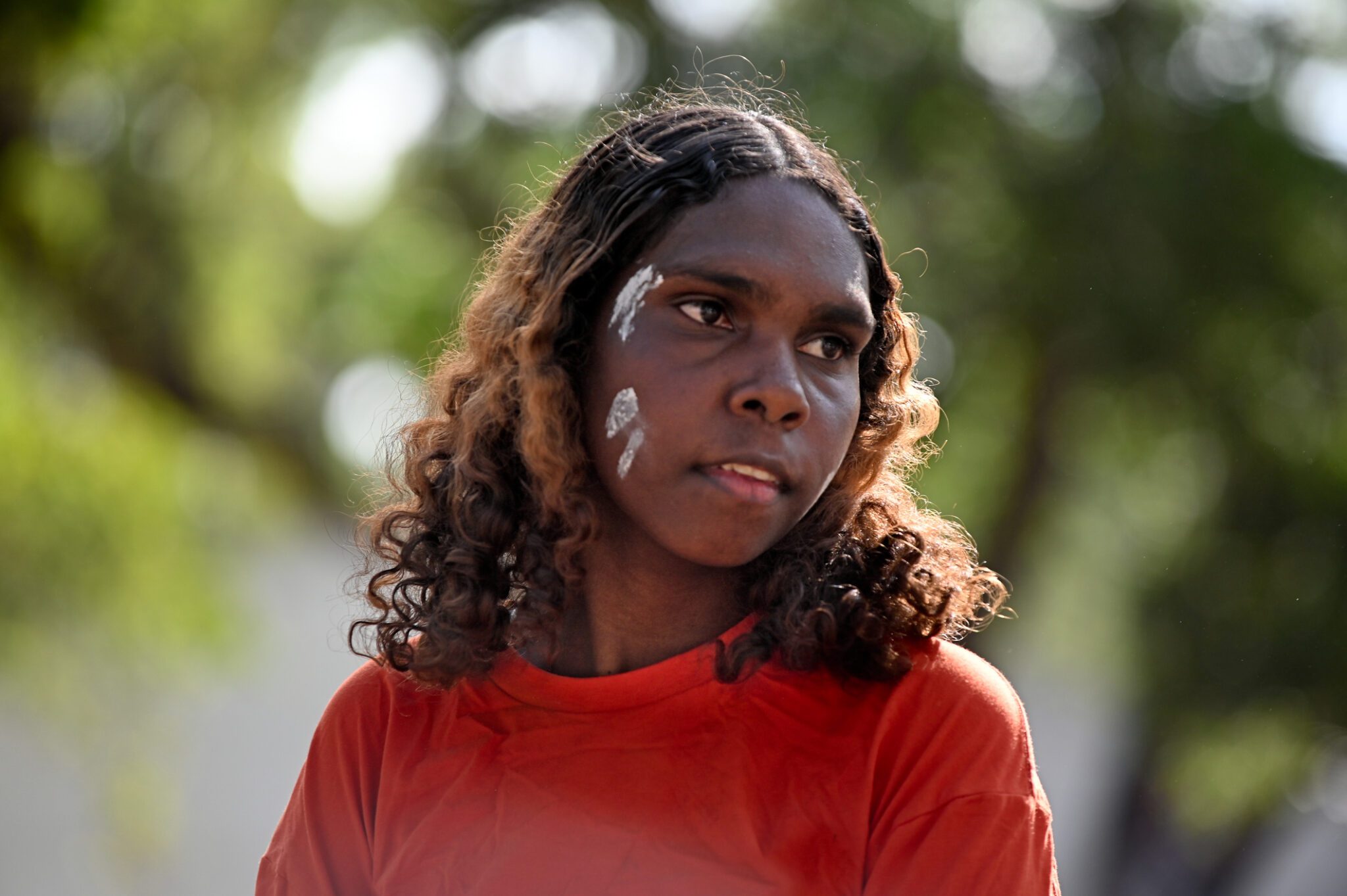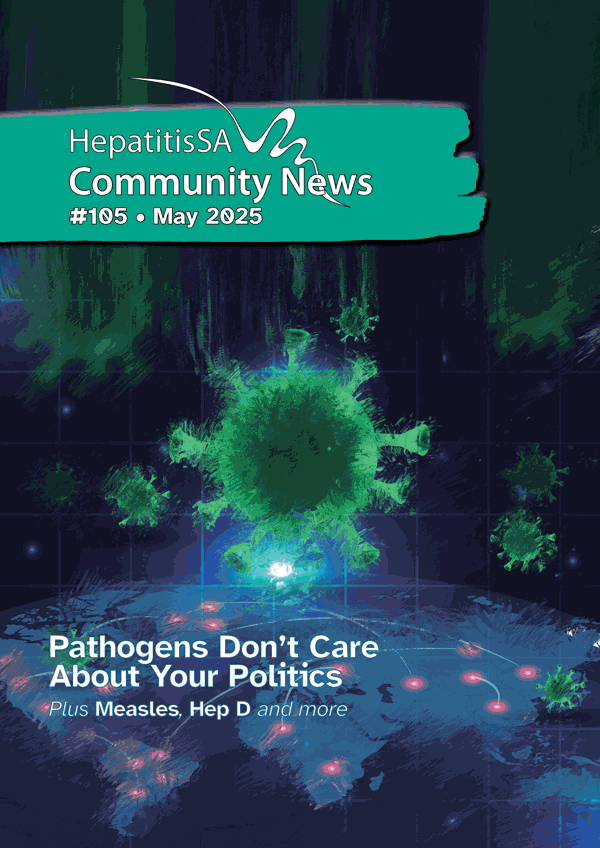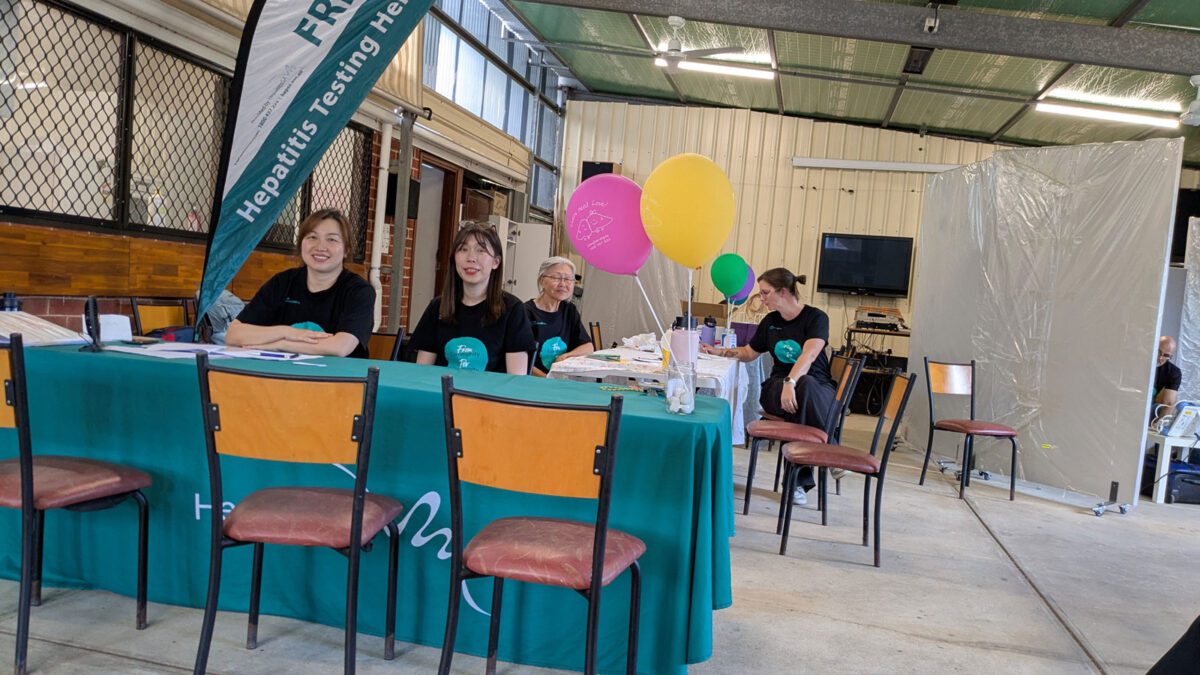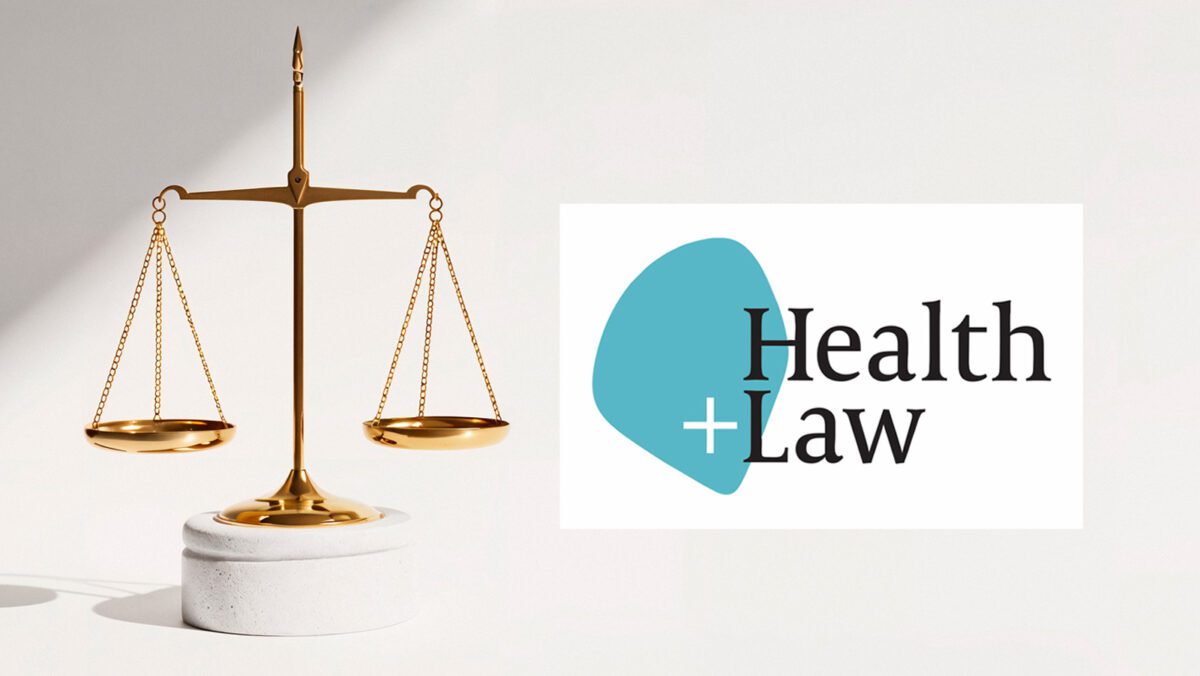Despite the rejection of the Voice in the 2023 referendum, some working in the Aboriginal and Torres Strait Islander sector still see hope. Speaking on the recently released Closing the Gap 2024 Annual Report, Aboriginal and Torres Strait Islander Social Justice Commissioner, Kate Kiss, notes, “Coming off the back of the 2023 Referendum, our communities are still reeling from the result. However, if 2024 has demonstrated anything, it is Aboriginal and Torres Strait Islander peoples’ resilience and commitment to pushing for equity and healing for our peoples, continuing to make strides despite the setbacks and barriers we continue to face.”

The Close the Gap campaign was officially launched in 2007 to address the unacceptable gap in life expectancy and other health indicators between Aboriginal and Torres Strait Islander peoples and non-Indigenous Australians; and helped influence the establishment of the Joint Council on Closing the Gap, and the formation of the National Agreement on Closing the Gap, which was developed in partnership between Australian governments and the Coalition of Aboriginal and Torres Strait Islander Peak Organisations (the Coalition of Peaks) in 2020.
In its 16th annual report to mark Close the Gap Day (20 March, 2025) the Close the Gap Campaign has focused on shared decision-making, strengthening and building the community controlled sector, transforming government organisations, and shared access to data.
The report’s themes of agency, leadership, and reform underscore the pivotal role Aboriginal and Torres Strait Islander leaders and communities continue to play in embedding the four Priority Reform Areas outlined within. The report emphasises both the ongoing challenges and the tangible solutions needed to close the health and wellbeing gap for Aboriginal and Torres Strait Islander peoples. The report showcases how the closing the gap priority reform areas are being implemented to create lasting change.
…governments must adopt rights-based policy approaches, provide long-term funding, and engage in shared decision-making with Indigenous communities.
Priority Reforms
A central focus of this year’s report is the success of First Nations leaders who are actively shaping solutions and paving the way to close the gap. These leaders and their organisations have shown steadfast commitment to advancing the rights and aspirations of Aboriginal and Torres Strait Islander communities-ensuring the survival, dignity and wellbeing of Indigenous Australians.
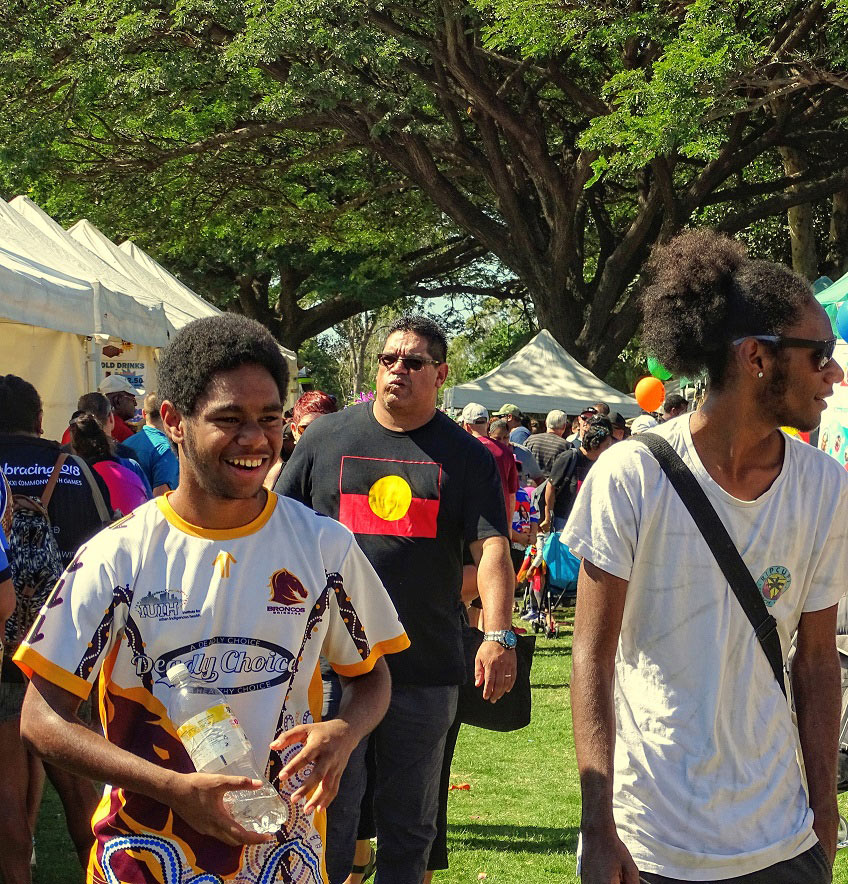
The four priority reform areas are at the heart of the 2025 report.
- It is Aboriginal and Torres Strait Islander agency and leadership, that is best placed to advise, build and embed critical reform across sectors to improve the health and wellbeing of our peoples and communities.
- To significantly advance progress across the socio-economic targets in the National Agreement, governments must adopt rights-based policy approaches, provide long-term funding, and engage in shared decision-making with Indigenous communities.
- Governments must establish genuine, collaborative partnerships with Aboriginal and Torres Strait Islander peoples at all levels of decision-making; including co-designing policies, programs, and services that reflect the needs, aspirations, and rights of Indigenous communities.
- Embedding the Priority Reform areas is crucial to reforming the structures, policies, and practices that marginalise and disenfranchise Indigenous peoples.
Looking Ahead
“We are proud to share this report, which not only highlights the achievements made in the pursuit of equity and justice but also reinforces the importance of continuing to elevate Indigenous voices,” said Karl Briscoe, Co-Chair of Close the Gap. “This campaign, our work, is about amplifying and championing Aboriginal and Torres Strait Islander-led solutions and showing how our leadership is the key to achieving genuine, sustainable reform.”.
Through their collective efforts, Aboriginal and Torres Strait Islander peoples have made meaningful strides. However, there is still much more to be done to ensure that the health and wellbeing of First Nations peoples are truly prioritised
Aboriginal and Torres Strait Islander Social Justice Commissioner, Kate Kiss
Briscoe’s sentiments were echoed by his co-chair, Commissioner Kiss, who also stressed the significance of holding governments accountable for their commitments.
“Our recommendations in this report are clear,” Kiss said. “We urge all levels of government to fulfill their obligations under the National Agreement on Closing the Gap. This landmark policy initiative is the most comprehensive to date, aimed at delivering improved outcomes across critical health and wellbeing indicators for First Nations peoples. All state and territory governments have signed onto the National Agreement, and they must be held accountable for its implementation.”


The Close the Gap Campaign report underscores the importance of building an enabling environment at the departmental and agency level, where the targets set by the National Agreement can be effectively achieved at the local level. According to Commissioner Kiss, without the proper framework, progress will remain stagnated.
“Through their collective efforts, Aboriginal and Torres Strait Islander peoples have made meaningful strides. However, there is still much more to be done to ensure that the health and wellbeing of First Nations peoples are truly prioritised,” she added.
As the Close the Gap Campaign continues its mission, the report serves as both a celebration of the progress made and a call to action for the ongoing work required to achieve true equality and justice. It offers a roadmap for implementing and supporting community agency.

Read the full 2025 Close the Gap Campaign Report. Previous years’ reports are also available on the same page.
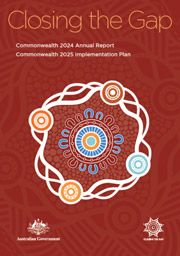
Take a look at the Closing the Gap 2024 Annual Report and 2025 Implementation Plan. Published by the National Indigenous Australians Agency (NIAA), delivered by the Prime Minister in February 2025.
Last updated 15 May 2025
More from:
Enjoyed this article? Subscribe to be notified whenever we publish new stories.
Subscribe for Updates
